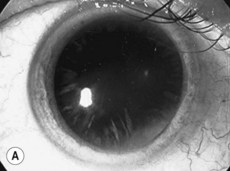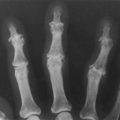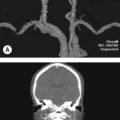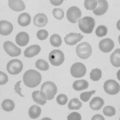220 Cataracts
Salient features
History
• Drug history (steroids, chloroquine, phenothiazines, chlorambucil, busulfan)
• History of gradual deterioration of vision
• Inquire about smoking (JAMA 1992;268:989–94) and alcohol consumption (Arch Ophthalmol 1993;111:1130) as both cigarette smoking and heavy alcohol consumption increase the risk of cataract formation
• Family history is important even in age-related nuclear cataract as it explains about 50% variation in the severity of disease (N Engl J Med 2000;342:1786–90).
Questions
Mention a few causes of cataracts
• Old age (look for arcus senilis). The Framingham study reported that 13% of people aged 65–74 years and about 40% of those over the age of 75 years had cataracts.








